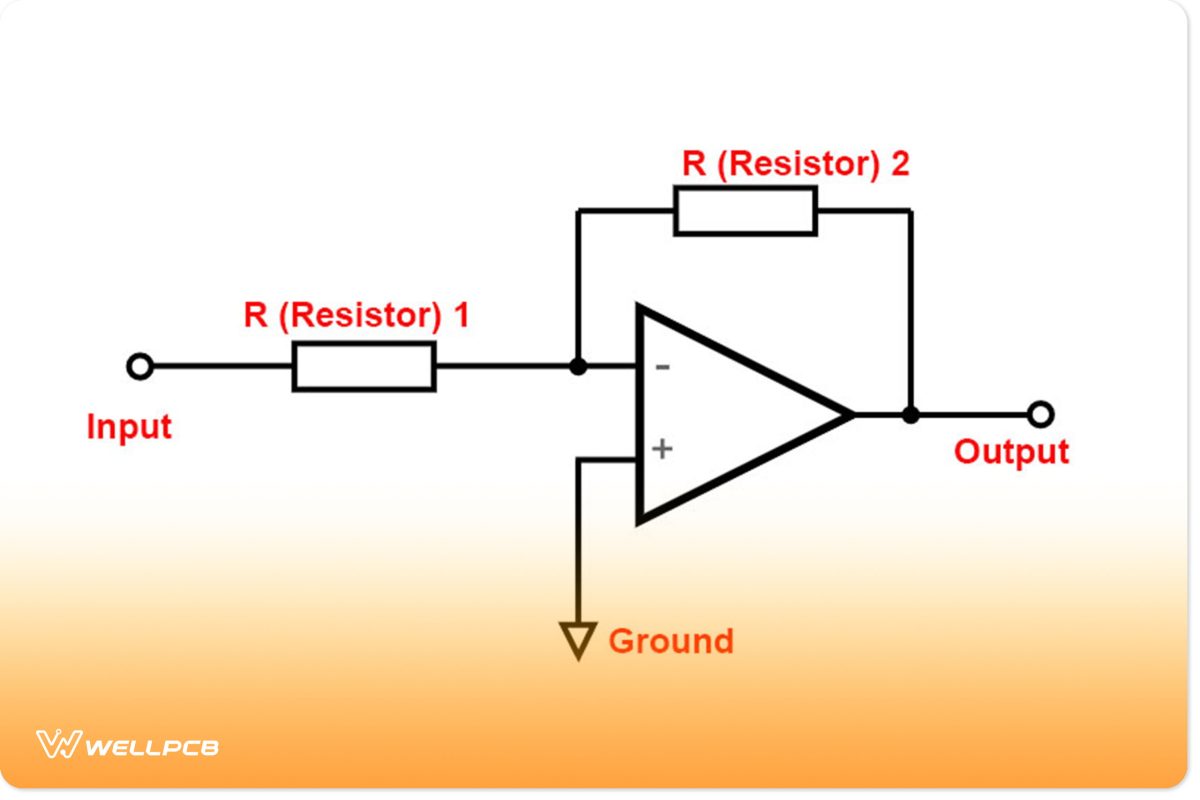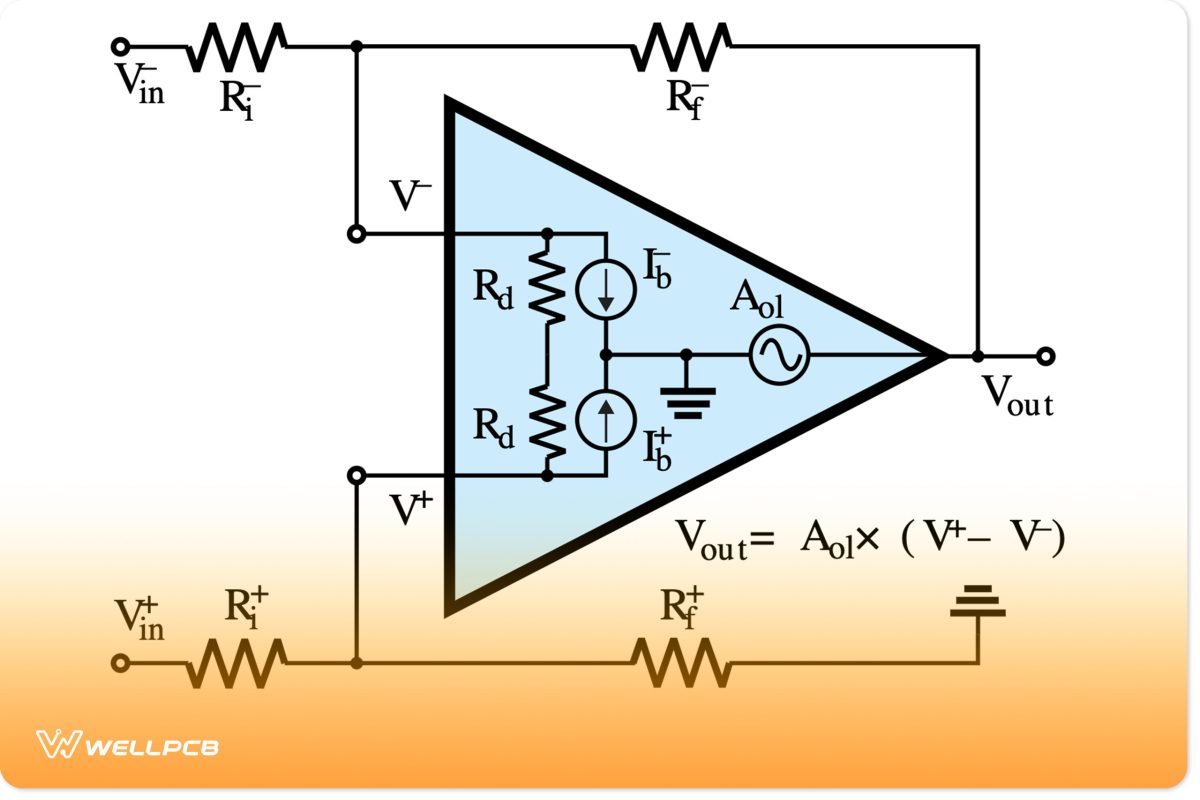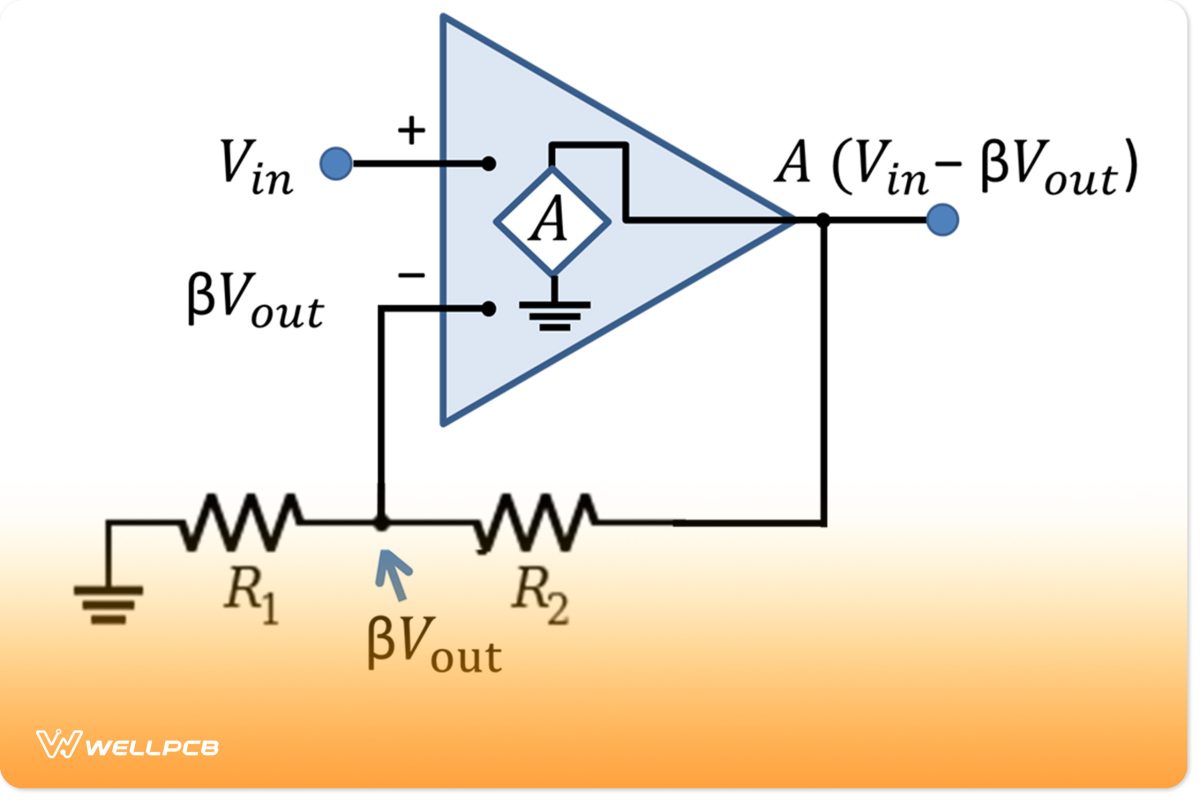Contents
What Is the Typical Input Impedance of an Integrated Circuit Op Amp?

Input Impedance Op-Amp
No doubt, you can change the differential input voltage impedance when you put circuitry around the op-amp. Also, the way you apply the feedback and the external electronic components can affect the total circuit input impedance and signal source.
That said, we have two input impedances: common mode (Zcm+ & Zcm-) and differential (Ziff). The former refers to an impedance that comes from input stages to ground. At the same time, the latter is about the impedance between two inputs.
Further, the impedances are usually high and resistive (105 – 1012 ohms). In other words, it’s a high-impedance input device. And it has some shunt capacitance that may be as high as 20 – 25 pF.
So, you can reduce the inverting and non-inverting input impedance in most op-amp circuits to a low value. And you can do this by negative feedback—considering that (differential & common-mode input impedance) is more important. Plus, the inverting and non-inverting input terminals are likewise crucial.
In addition, the input impedance of the op-amp circuit is usually high. And it’s because the op-amps work like a voltage divider.
Hence, the higher the impedance, the more the voltage drops across the Op-Amp inputs. But, if the input impedance is low, your circuit won’t have a voltage drop across. As a result, you won’t get signals.
Output Impedance Op-Amp
The output impedance op-amp is similar to the input impedance. But it refers to how much the source’s apparent voltage changes when it needs to supply more current. For instance, you can spot the current source impedance at work when a battery that isn’t under load has a higher voltage than a battery under load.

Op-Amp Differential Amplifier
So, for instance, your op-amp has a 6V output signal, and you use an open circuit to measure the potential difference voltage. Since your circuit is open, your current will be 0A. The voltage, on the other hand, will be 6V. At this point, you can connect your output to a feedback resistor. And you can do it in a way that the output current of the op-amp feedback circuit is 60mA.
Also, you can measure the voltage across the resistor and get about 5.99V.
With this, you can get the output impedance of the op-amp:
-6V/0mA – 5.99V/60mA = 0.2 Ohms.
Why did the unit of the result change? First, the low source impedance indicates that the op-amp can sink a lot of current without a significant voltage change. Also, from the result, you’ll notice that the input impedance of the op-amp resembles the load impedance of what is showing the op-amp output range signal.
In addition, the output impedance of the op-amp and output potential resembles the source impedance of the thing that’s getting the op-amp’s signal. So, it’s heavily loaded when a source directs load with a moderately low load impedance and supply current. Also, the voltage signal will need a high current and larger gain.
That said, even if your source impedance is low, the source will be able to deliver current, excluding voltage sagging. So, if you want to reduce voltage sagging, ensure that the load impedance is more than the source impedance.
Therefore, a high load impedance translates to less current and power when high load impedance.
Ideal Op Amp Impedance
One of the features of an ideal op-amp impedance is that it has an infinite input impedance and infinite gain. Also, it means that the current flow into the input leads is zero. This happens because there’s no current entering or going out of the input terminals (non-inverting and inverting). Hence, there will be higher unity gain.
Further, the ideal op-amp has an output impedance of zero. So, it means that the output current is independent of the output voltage. Hence, the ideal Op-Amp doesn’t need an output impedance to direct load to deliver voltage across it.
In short, you can say that the output impedance is zero or low. In contrast, the input impedance is infinite or has a high input impedance.
How Do You Calculate Input Impedance and Output Impedance?
Since impedance shows the relationship between voltage and current, we can represent it as the ratio of ΔI to ΔV. ΔI stands for current variation, while ΔV represents voltage variation.
Also, you can measure the difference in the input bias current against the difference in the input common-mode voltage range.
So, it would help if you had parameters like the output impedance, open-loop gain equation, and source impedance. With this, you can use the voltage divider principle to get the output and input voltages.
(Zin/(Rs + Zin)) Vin = Vsource—(1)
Where:
- Rs—source impedance
- Zin—input impedance
- Vin—amplifier’s reference voltage
- Vsource—input voltage
With this, you can also calculate the output load voltage with the formula below:
Vout. (Reload/(Reload + Zout) = Vlad—(2)
Where:
- Reload—load resistance
- Zout—amplifier’s output impedance
- Vload—voltage across the load
- Vout—amplifier’s output
Also, you can substitute Vout with input voltage gain times.
Is it possible to measure the output impedance? Of course, you can. But you have to measure it as a Thevenin equivalent circuit:
- Vo/Is = Zout—(3)
- Where:
- I—output current, when the output is short
- Vo—output voltage, when the output is open circuit
It’s vital to note that the formula above is from the linear relationship between the current and output voltage.

Op-Amp Voltage amplifier
Why the Input Impedance of Op Amp is Infinite
Typically, the impedance shows a circuit opposing current flow (direct or alternating). So, we have two input terminals of the impedance in an ideal op-amp that is infinite. And it’s infinite because the current doesn’t go into the op-amp from the input terminals.
Hence, it allows the input to view and respond to voltage. However, the voltage would not direct any current into the op-amp.
In other words, the op-amp wouldn’t affect the input voltage. But practically, you’ll notice a minute leakage of current in the input circuits of the op-amp (usually less than a few milliamps).
Why the Output Impedance of Op Amp is Low
The op amp’s output impedance is low because the voltage that the output delivers is constant. It remains constant even if the output connects to a circuit that increases the amount of load.
But practically, you’ll see that the op-amps usually have a few ohms in the output impedance. Hence, the output terminal’s actual voltage will differ based on the load you link to the output.
Wrapping Up
It’s typical for the input impedance of an Op-Amp to be high. After all, the op-amp is a voltage-gain device. Plus, a high impedance allows voltage to drop across the input. Also, it helps to maintain a low current draw and avoid the loading effect.
What do you think about the topic? Do you need help with the calculations? Do you have questions or suggestions? Please feel free to reach us.





